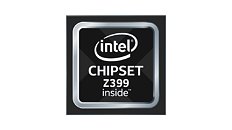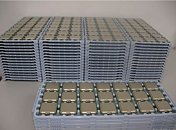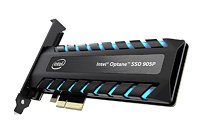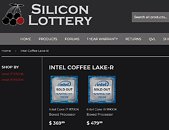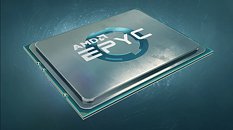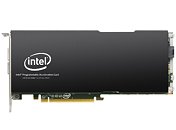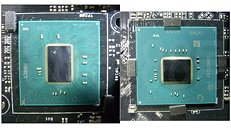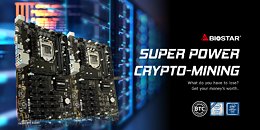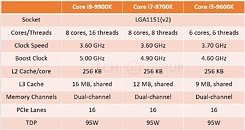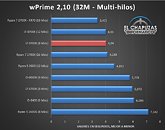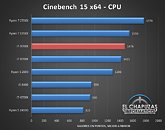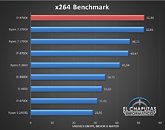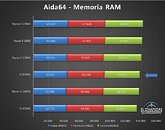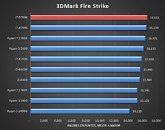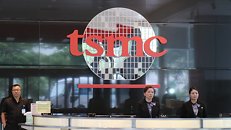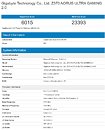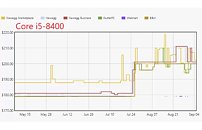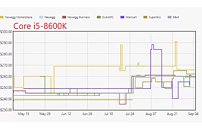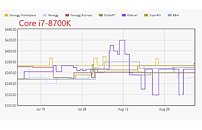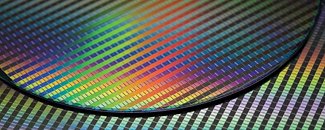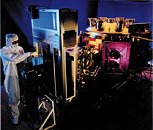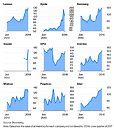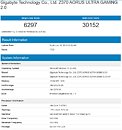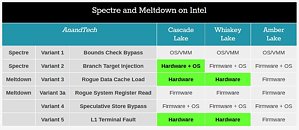
Intel HEDT Platform to be Forked into Z399 and X599
Intel could very soon fork its high-end desktop platform into two, with the introduction of the new Z399 socket LGA2066 chipset later this quarter; and the fabled X599 chipset powering LGA3647 processors. The move is probably triggered by AMD's introduction of new 24-core and 32-core Ryzen Threadripper processors that wipe out competitiveness of its existing "Basin Falls" X299 platform. The X599 could essentially be a C629 with the addition of some client-segment features (and the subtraction of some enterprise-segment ones), whereas the Z399 is a whole different beast.
With the introduction X599 and LGA3647, Intel could restore competitiveness at the >$1,500 market segment with new 24-core, 26-core, and 28-core "Skylake-X" XCC (extended/extreme core count) processors; whereas the introduction of Z399 could be necessitated with a that of a new 22-core chip for the LGA2066 socket, from which Intel can carve out new 20-core and 22-core SKUs. Existing Skylake-X LCC and HCC chips could be forwards-compatible with Z399, and X299 motherboards could still be eligible for supporting new 20-core and 22-core processors via BIOS updates. The Z399 could introduce a handful of new client-segment features Intel is introducing with the Z390.
With the introduction X599 and LGA3647, Intel could restore competitiveness at the >$1,500 market segment with new 24-core, 26-core, and 28-core "Skylake-X" XCC (extended/extreme core count) processors; whereas the introduction of Z399 could be necessitated with a that of a new 22-core chip for the LGA2066 socket, from which Intel can carve out new 20-core and 22-core SKUs. Existing Skylake-X LCC and HCC chips could be forwards-compatible with Z399, and X299 motherboards could still be eligible for supporting new 20-core and 22-core processors via BIOS updates. The Z399 could introduce a handful of new client-segment features Intel is introducing with the Z390.
